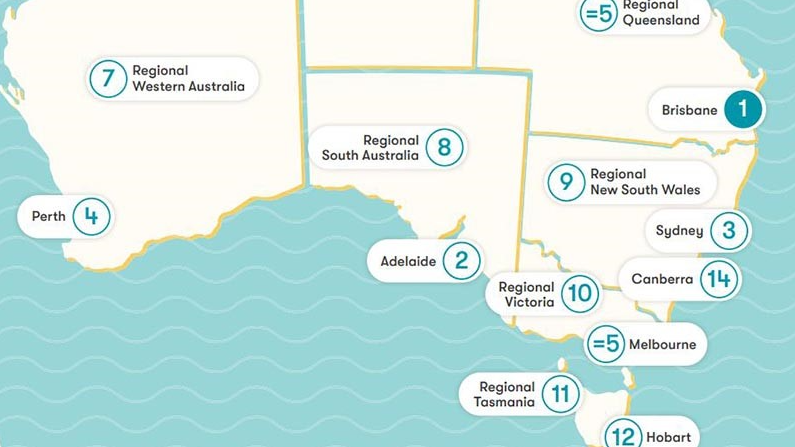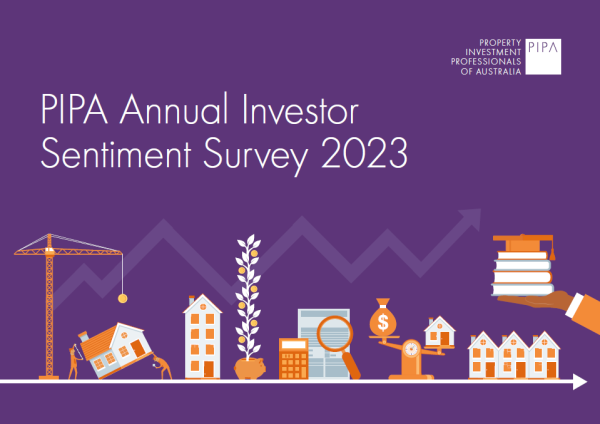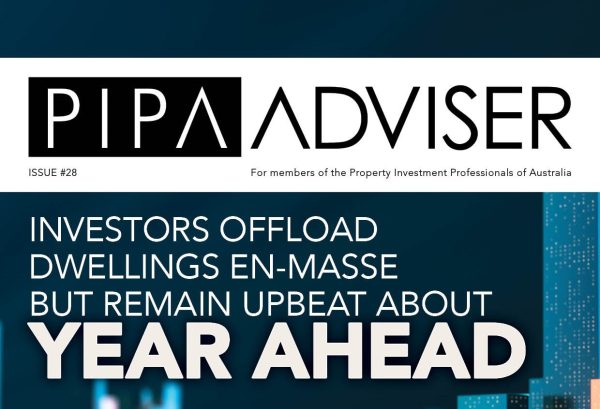Homes that earn a pretty penny
Dec 2020Karen Millers
Categories
Location ReportsMedia releasesNational market updatesPersonal advisersPIPA AdviserPIPA Annual Investor Sentiment SurveysPIPA Member ProfilesPIPA video updatesPIPA webinarsPodcastsProperty advisersProperty newsLatest Articles
‘More chance of winning lotto’ than housing targets being met
PIPA Member Profile | Amanda Turner, Opulence Property
Across Queensland, savvy homeowners with financial nous are seeing their properties pay their own way, banking profits that make Airbnb look like small change.
From an architect who turned an old cane farm into a $100,000-plus second income earner to the family in Brisbane that does nothing to get $50,000, homeowners are finding more ways to get money out of their properties than renting a room out.
Architect Gary Hunt of Hunt Design took a 53 hectare cane property called Mayfield Farm on the outskirts of Port Douglas and engineered it to earn over $100,000 a year – that’s more than the average full-time worker.
“It certainly covers the outgoings well and truly,” Mr Hunt said of the earnings coming off the property. “It would certainly be putting the money in the bank. I haven’t done the sums fully, but there is sufficient income from the farm.”
He has a sharecropping agreement with a neighbouring farmer on two-thirds of land that sees him earn 10 per cent of the proceeds of any cane harvested.
Most of the other one-third of the land has been fenced off as paddocks which are rented out as horse agistments to local equestrians.
He also turned his trade to his advantage, converting two old cane cutter cottages on the site, one of which became a professional office with NBN used by a dozen of his Hunt Design team.
The rental earning potential of that office was $80,000 a year, he said, something he was keen to continue with whoever bought his property off him. He has listed the estate at 291 Mowbray River Road for $5.2m with Barbara Wolveridge and Lynn Malone of Queensland Sotheby’s International Realty.
Then there’s a family in Brisbane that has the best phone reception around, thanks to the telecommunications tower they host on their land for $50,000 a year – also without having to lift a finger.
Simon Buchan of Elders Real Estate – Shailer Park had the property at Loganholme listed last year as one where you could “get paid just for living here”. The owners were asking for offers around $1.2m for the 2.05Ha property, according to CoreLogic.
At the time, they had been receiving annual income off the telecommunications tower for over 20 years. Radio frequency records show that the property has three of the biggest telcos using its tower – Optus 3G and 4G-plus, Telstra 3G, 4G and 5G as well as Vodafone 3G and 4G.
It’s rare for telecom towers to be placed within home sites, with the Loganholme acreage property the only residential one out of 10 locations in the suburb that have them, according to records kept by the Australian Mobile Telecommunications Association.
Among other homes looking to make a pretty penny off its landholdings is Rivermead Estate in the Gold Coast hinterland that was an equestrian hub in the 1900s.
Owners Tim Gordon and his wife Karin spent three years reshaping the property at 1 Caballo Road, Guanaba, into a tourism and hospitality hub. Apart from the stunning main house, it has a separate three-bedroom guesthouse, an international-sized polo field, world-class equestrian facility, grazing paddocks and a helipad.
Property Investment Professionals of Australia chairman, Peter Koulizos, said properties that earn big dollars from sharecropping, holiday cabins and telecom towers might be rare, but there were ways for the average homeowner to capitalise in their suburbs – especially those on main roads or close to education facilities.
“A typical one is a residential house conversion to student accommodation, that is quite common. Generally people buy residential for capital gain and commercial for income. Here you have the best of both, because by renting by the rooms you’re also getting income. You can have your cake and eat it too.”
“Another is if you have a house in a commercial zoning, you can get more out of it if it becomes a doctors surgery or consulting rooms. Typically these are along main roads, which is generally where councils will zone for commercial use. They’re not that uncommon.”
He said there was also the possibility of income for advertising signage on properties zoned commercial too.
“We’ve had commercial property and somebody has paid us extra to have their advertising sign up on the roof. That’s a good one, tens of thousands a year depending on how big the sign is and if it’s illuminated or not. Generally you’d want a lot of traffic going past for that to work.”
Mr Koulizos said the downside, especially for student accommodation, was that it could be a lot more work.
“It can be very lucrative but it is a lot more work. The beauty is that if things get too hard, you can rent it out as a normal home, and the same for the house on the main road converted to consulting rooms.”
Either way, he said, the property owner needed to look out for tax implications.
“Income is income. Whether as normal residential or student accommodation or extra money through a sign, it’s going to be taxed. The first thing to do is speak to an accountant to see whose name it should be in, personal or company or however, and also speak to a QPIA qualified property investment adviser who has some fundamental understanding of property and how it works.”
Sophie Foster, realestate.com.au, 21 December 2020
https://www.realestate.com.au/news/homes-that-earn-a-pretty-penny/




